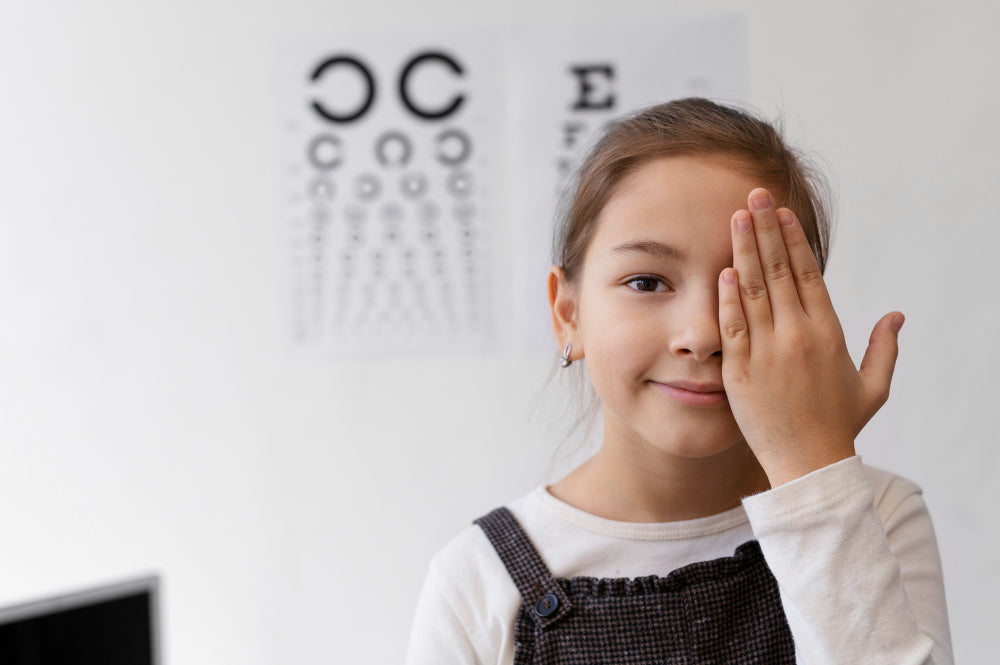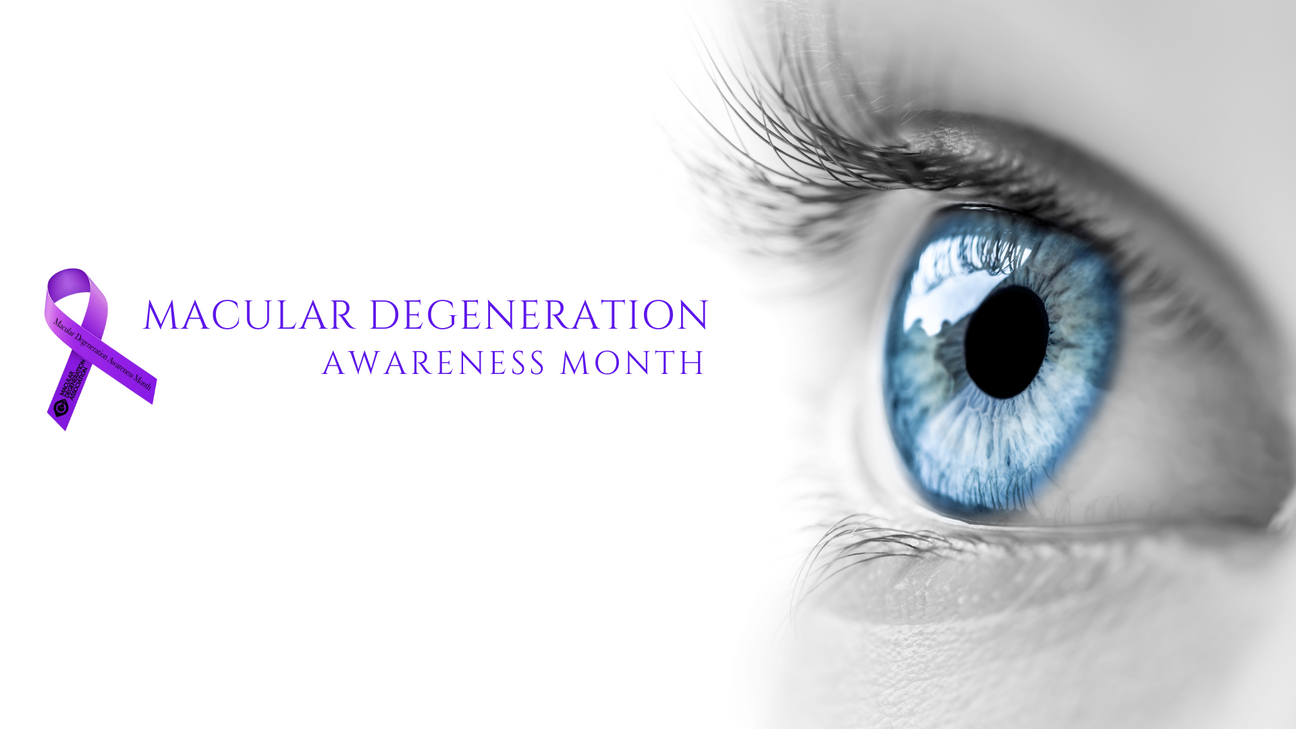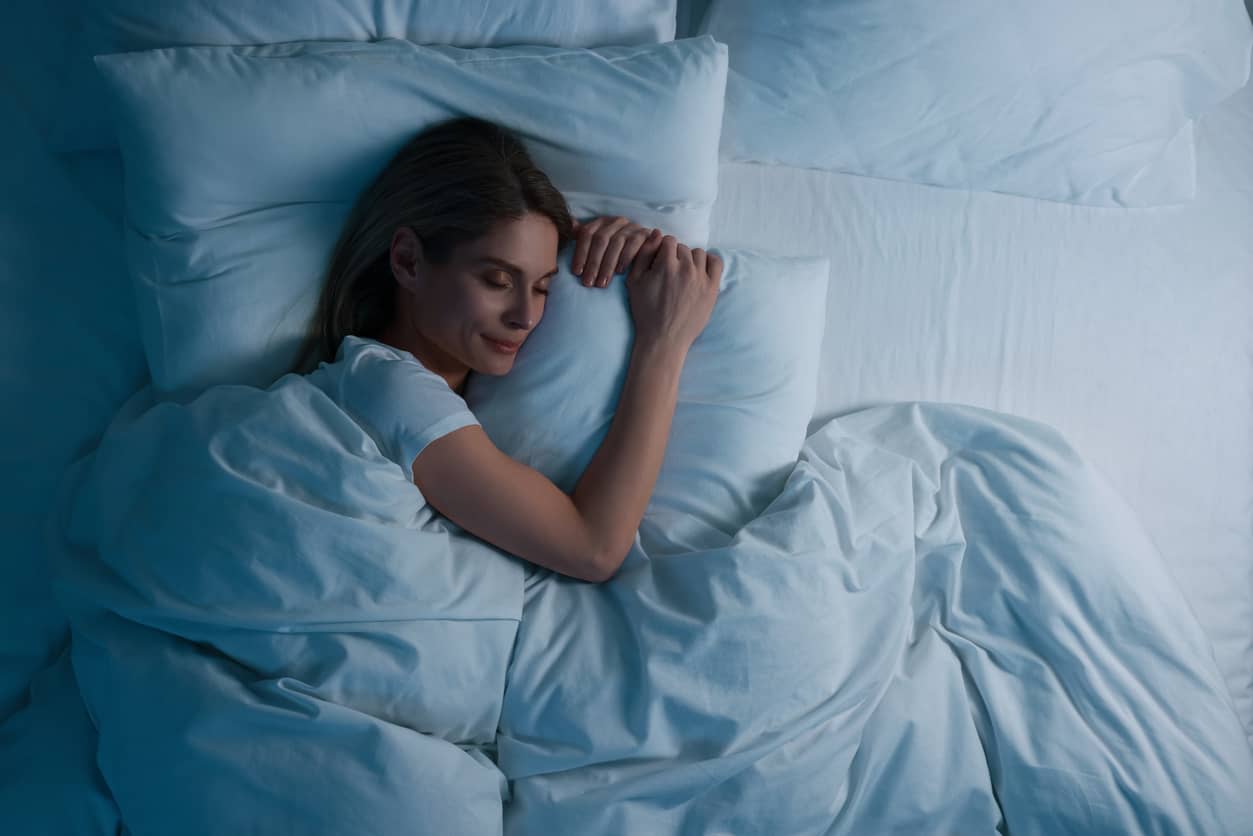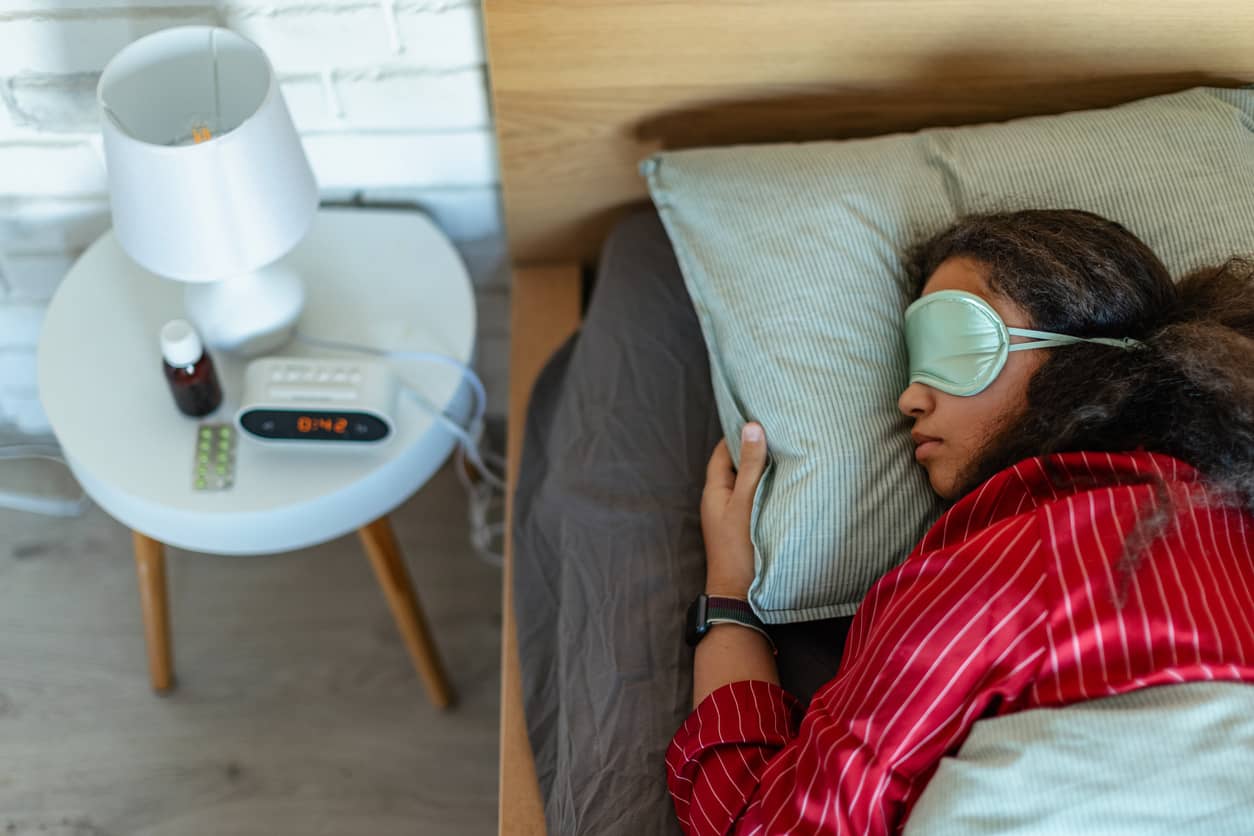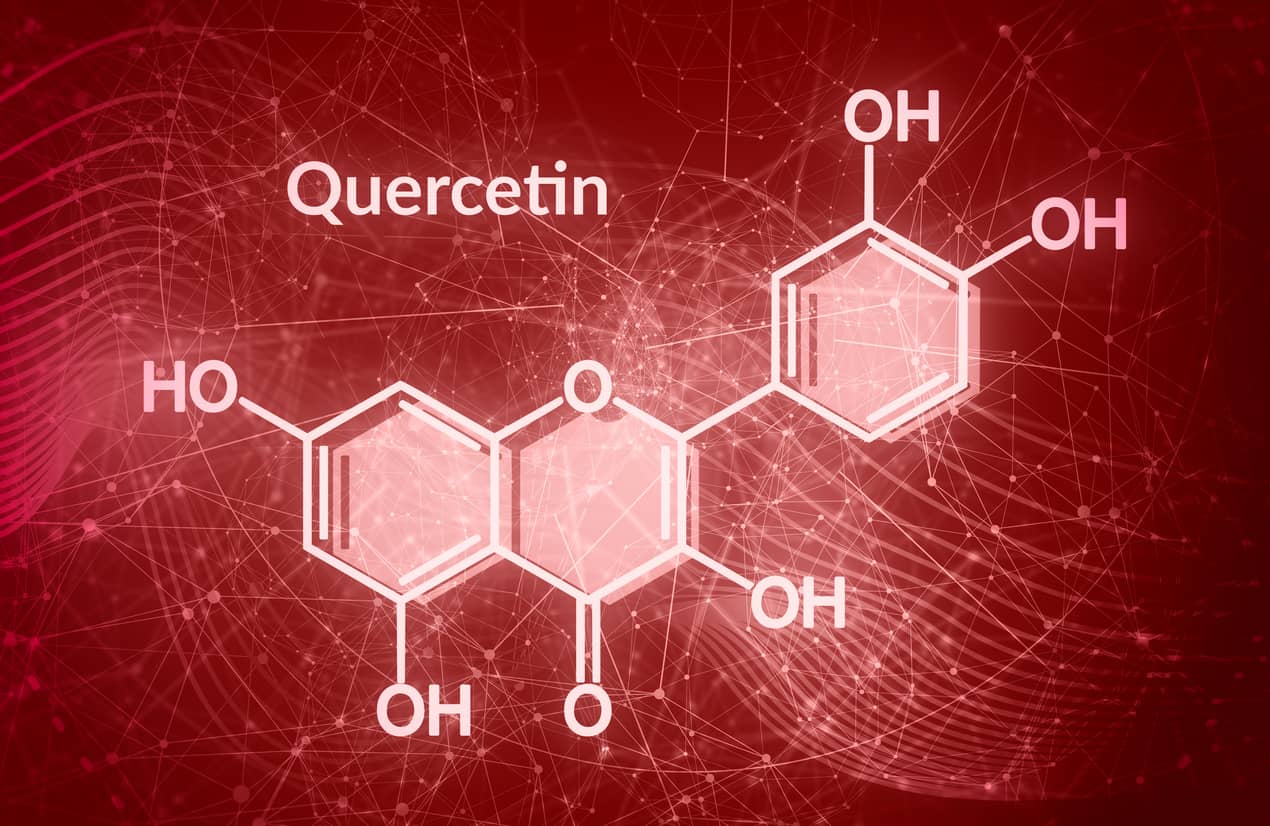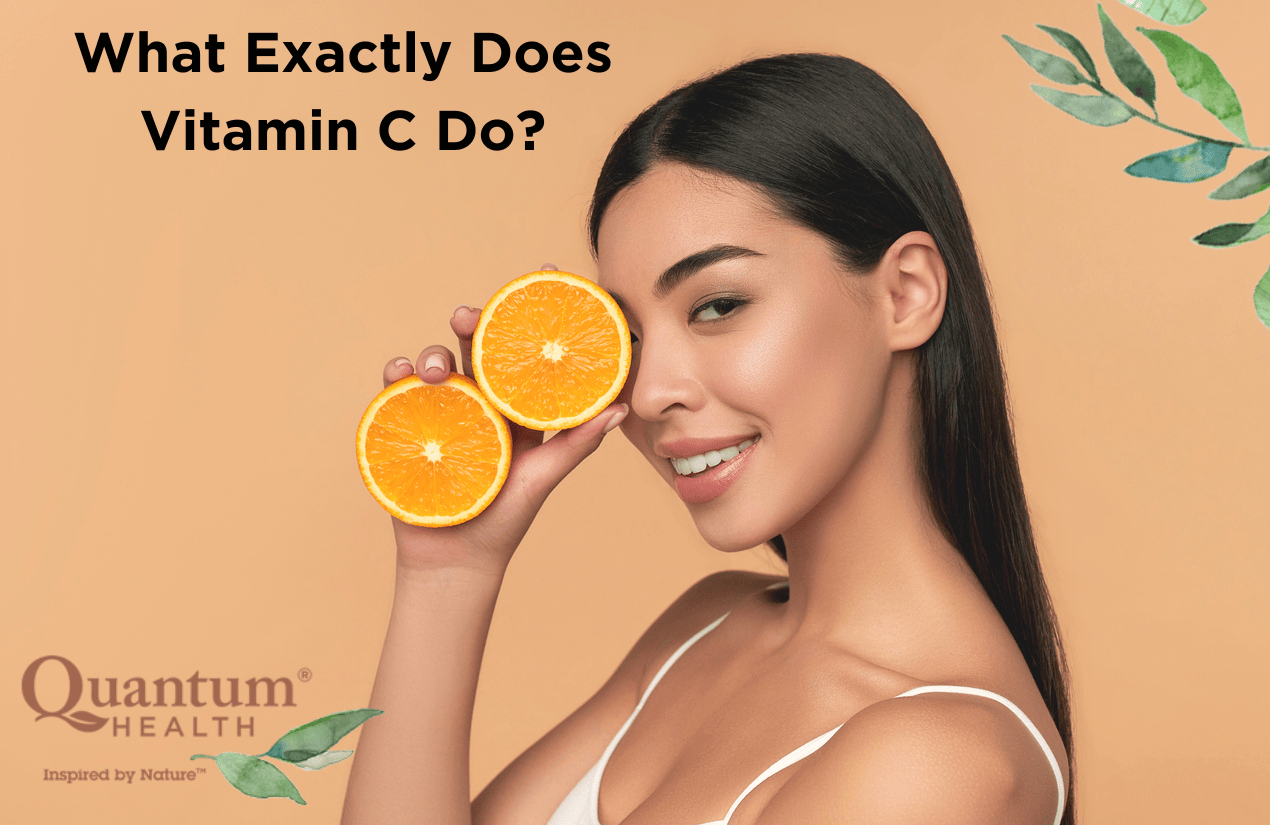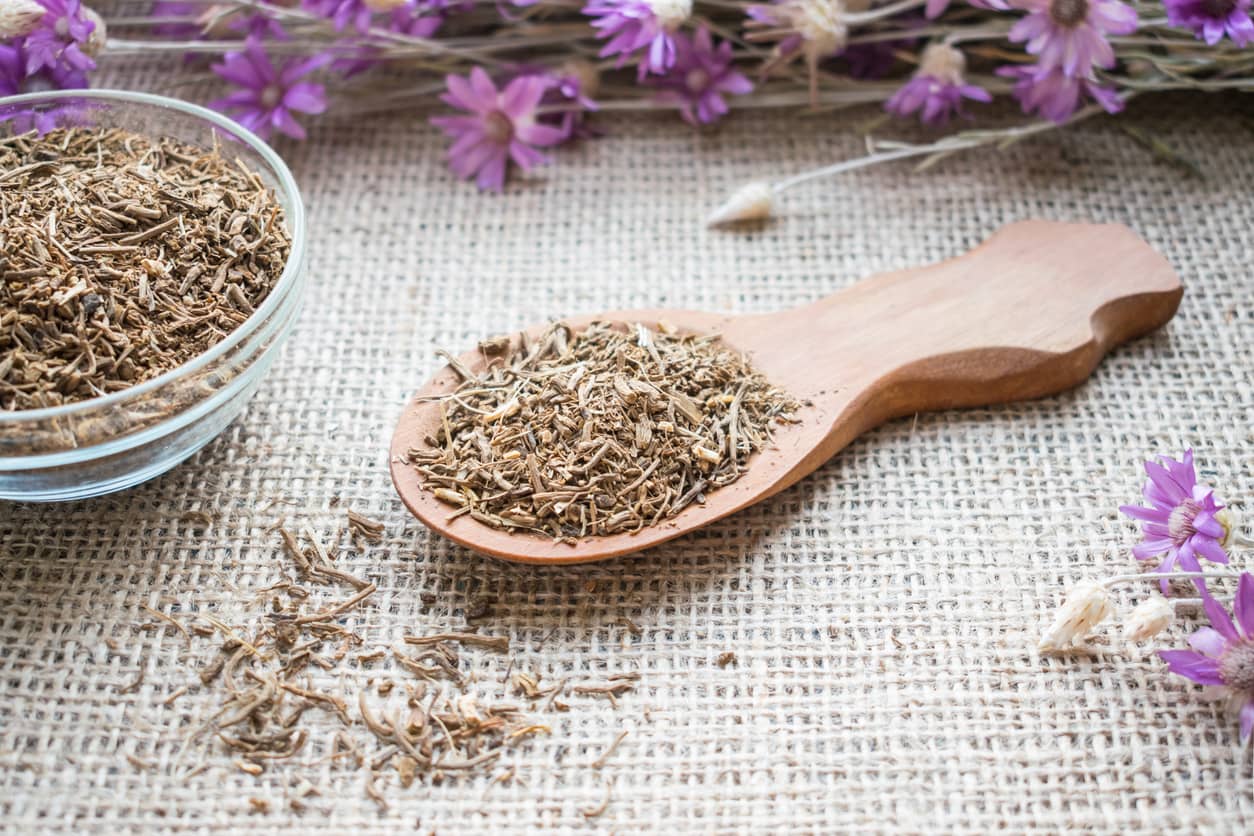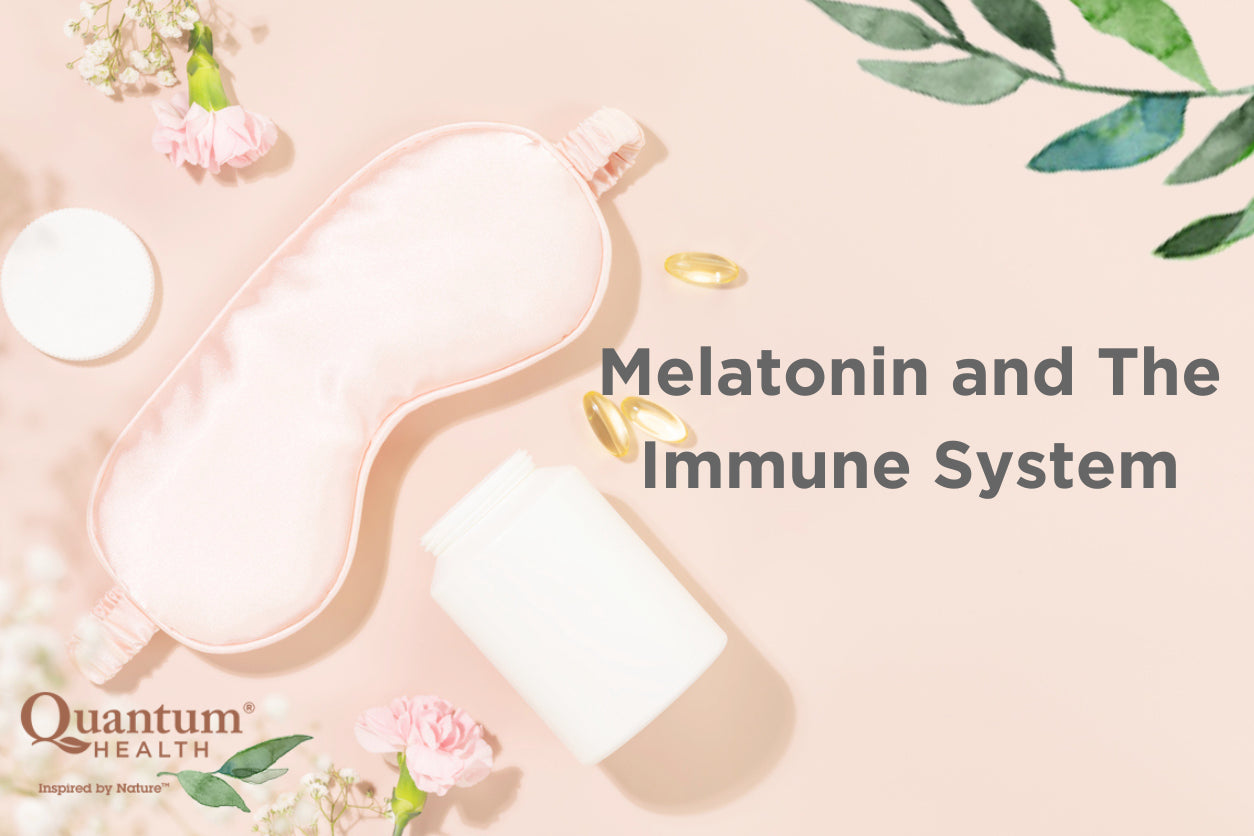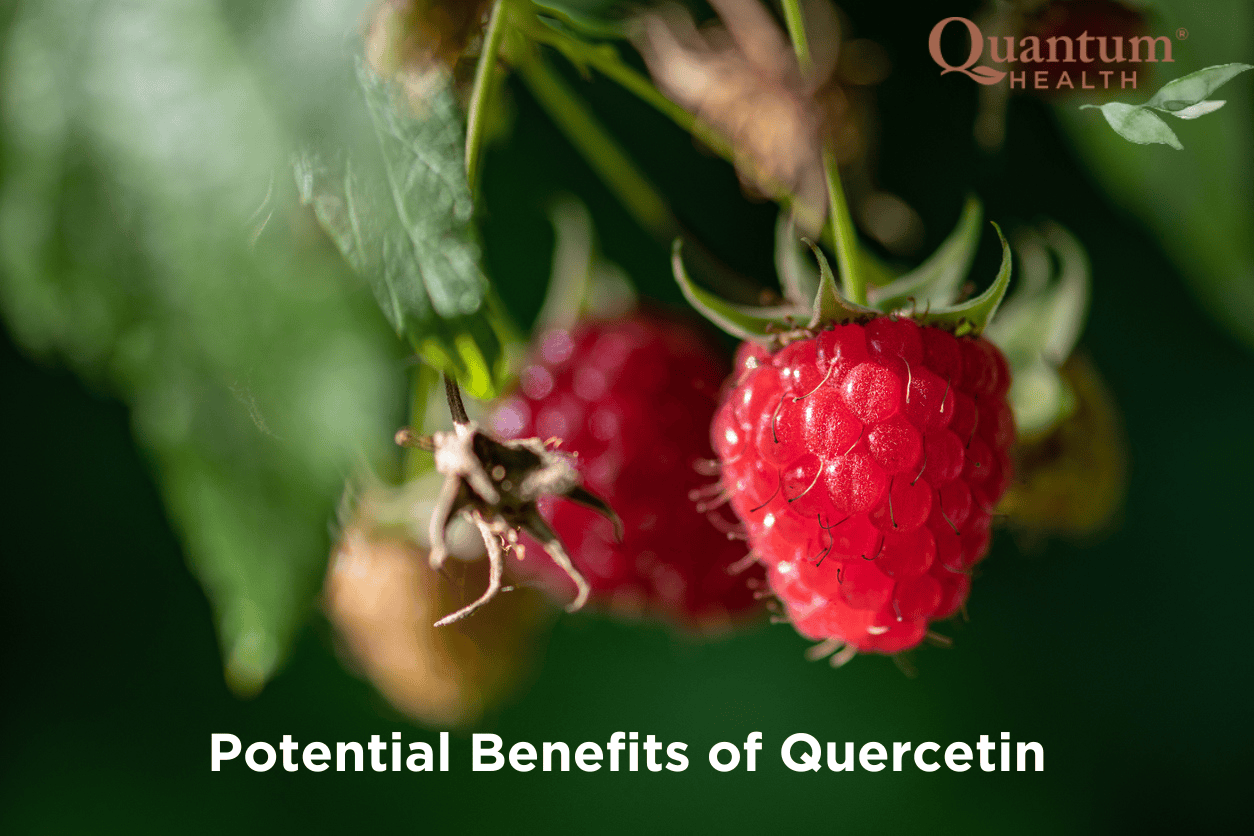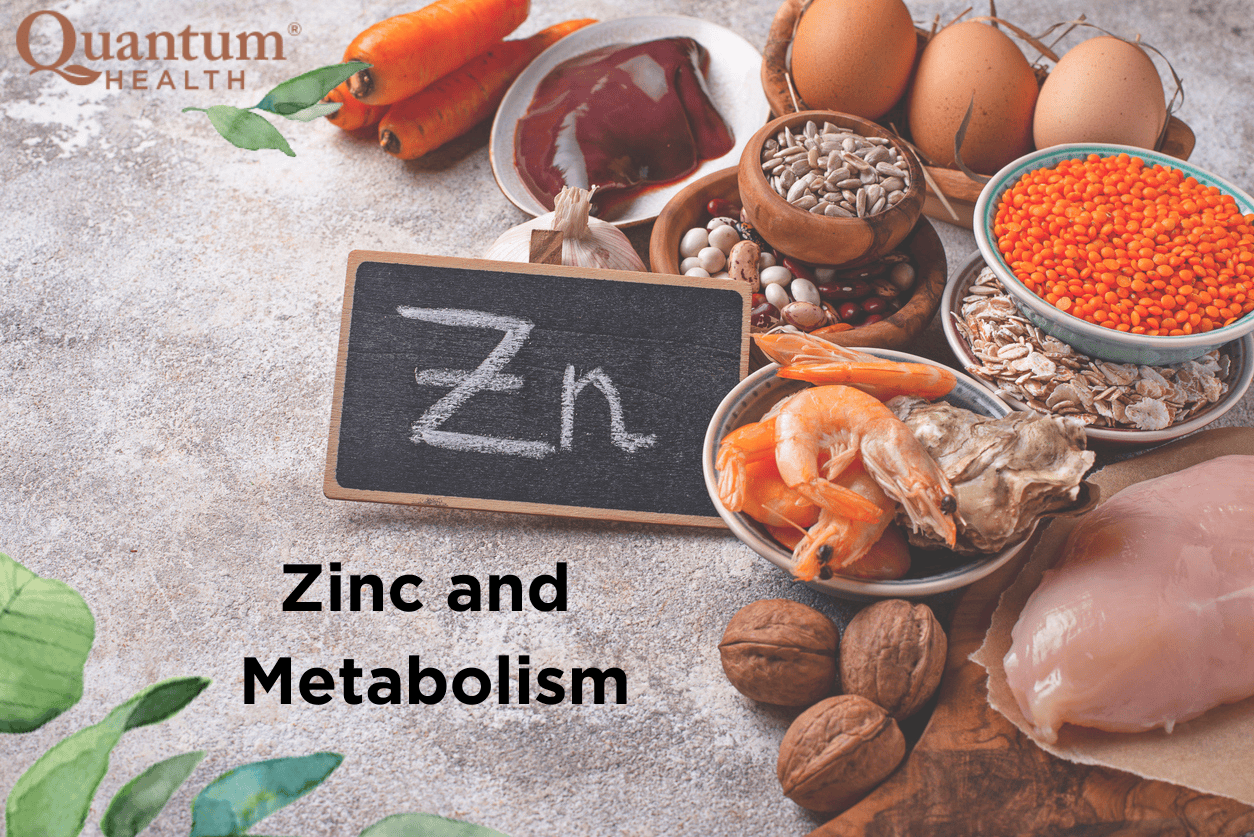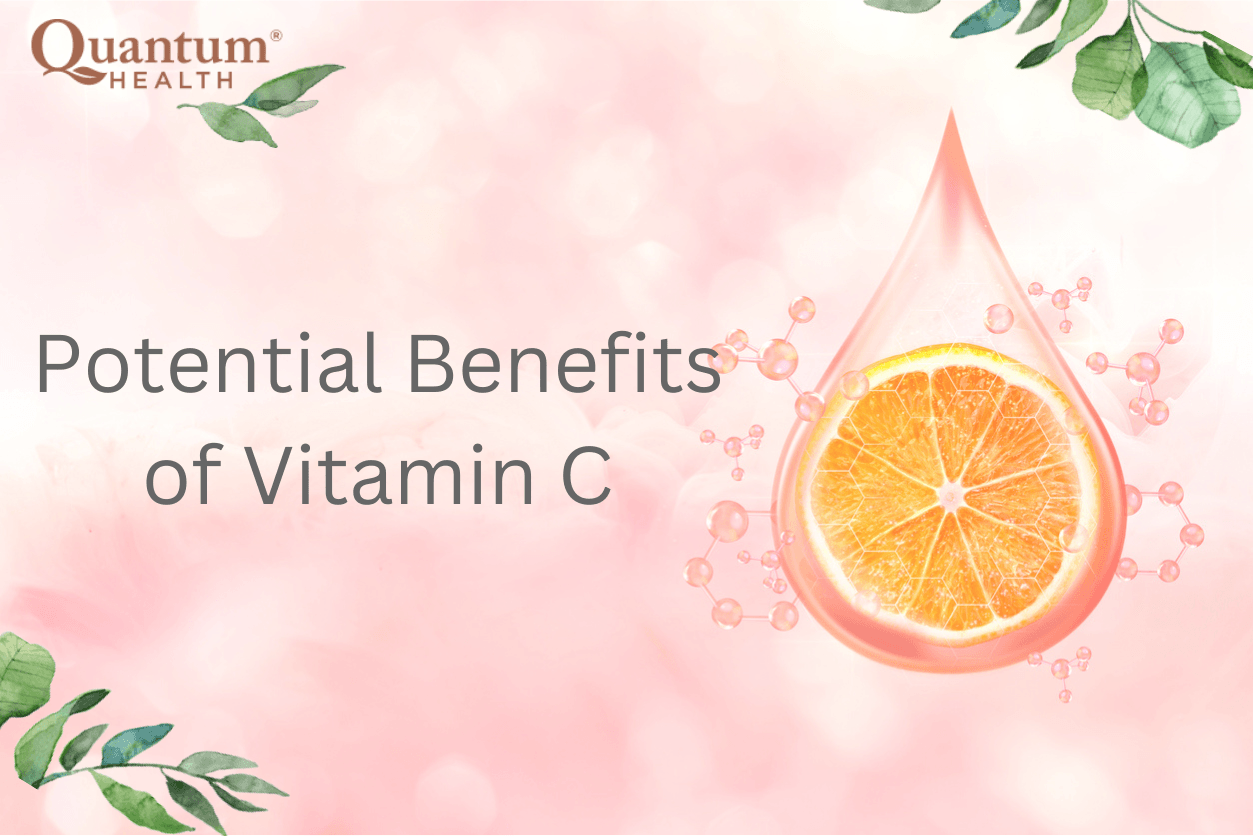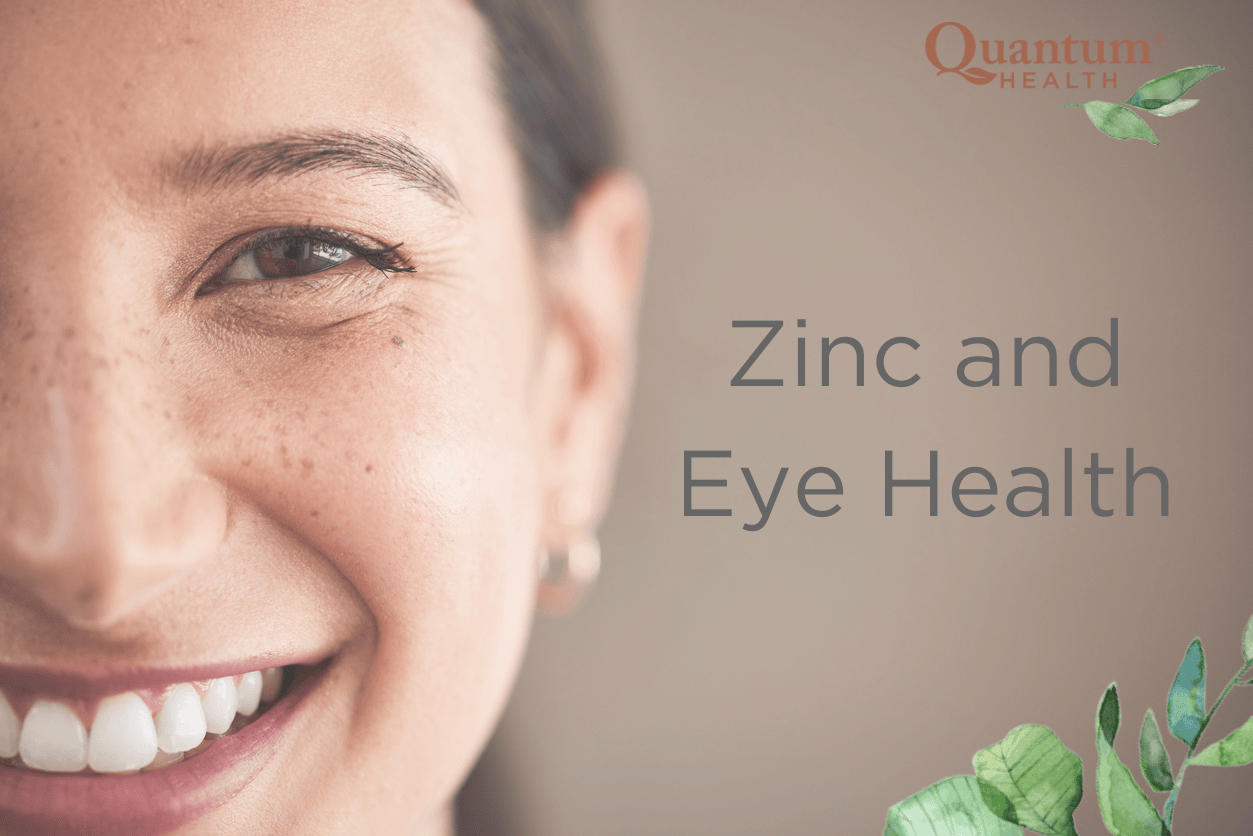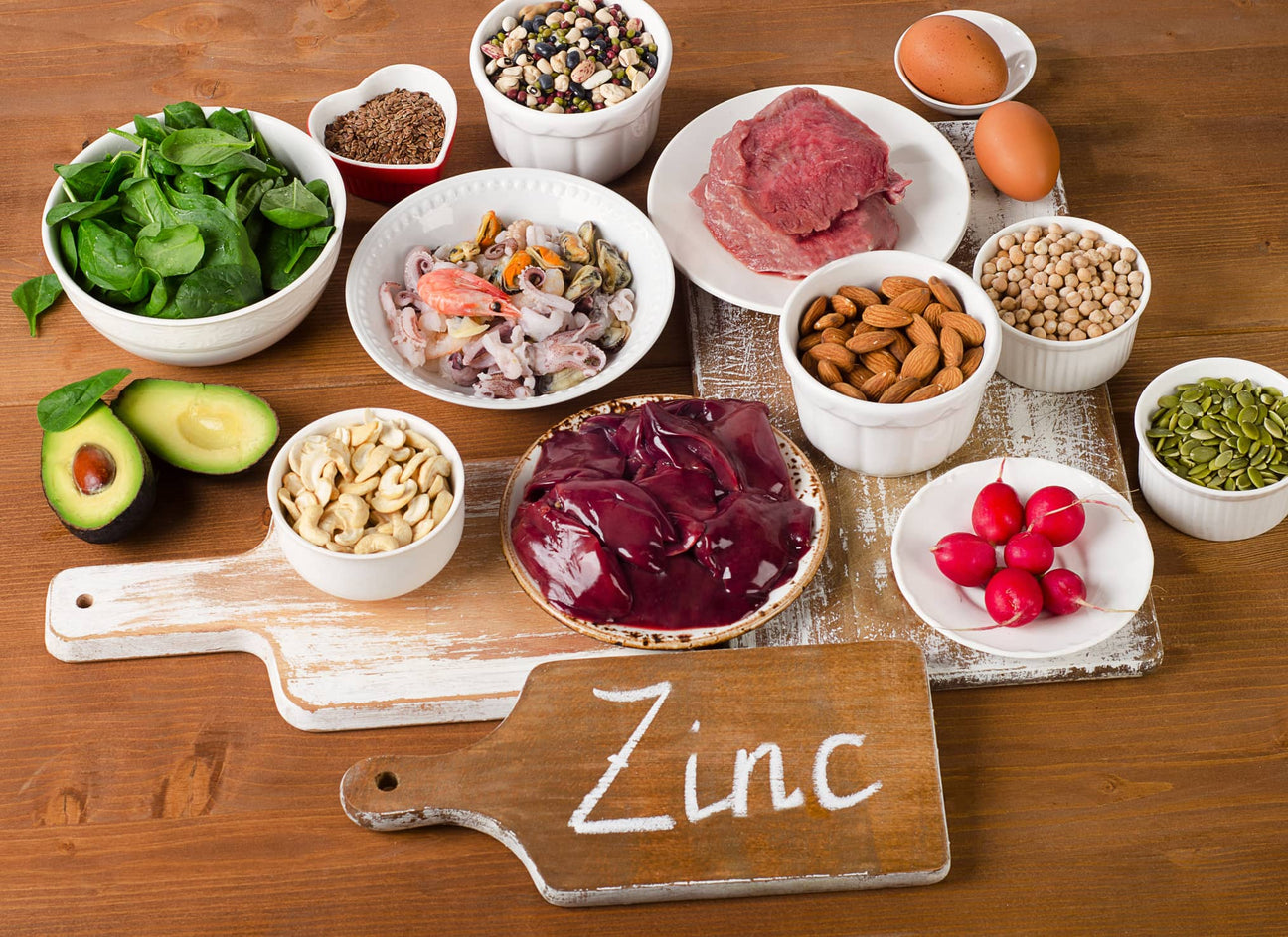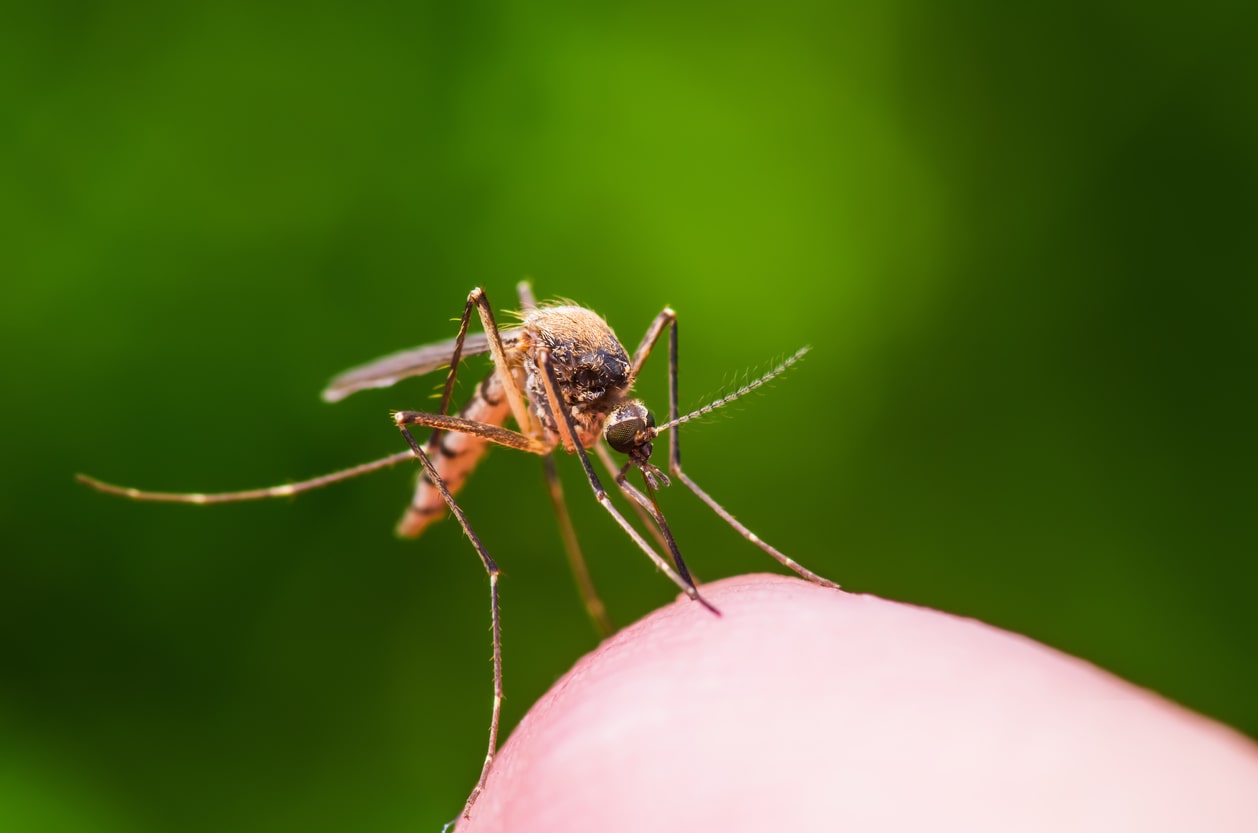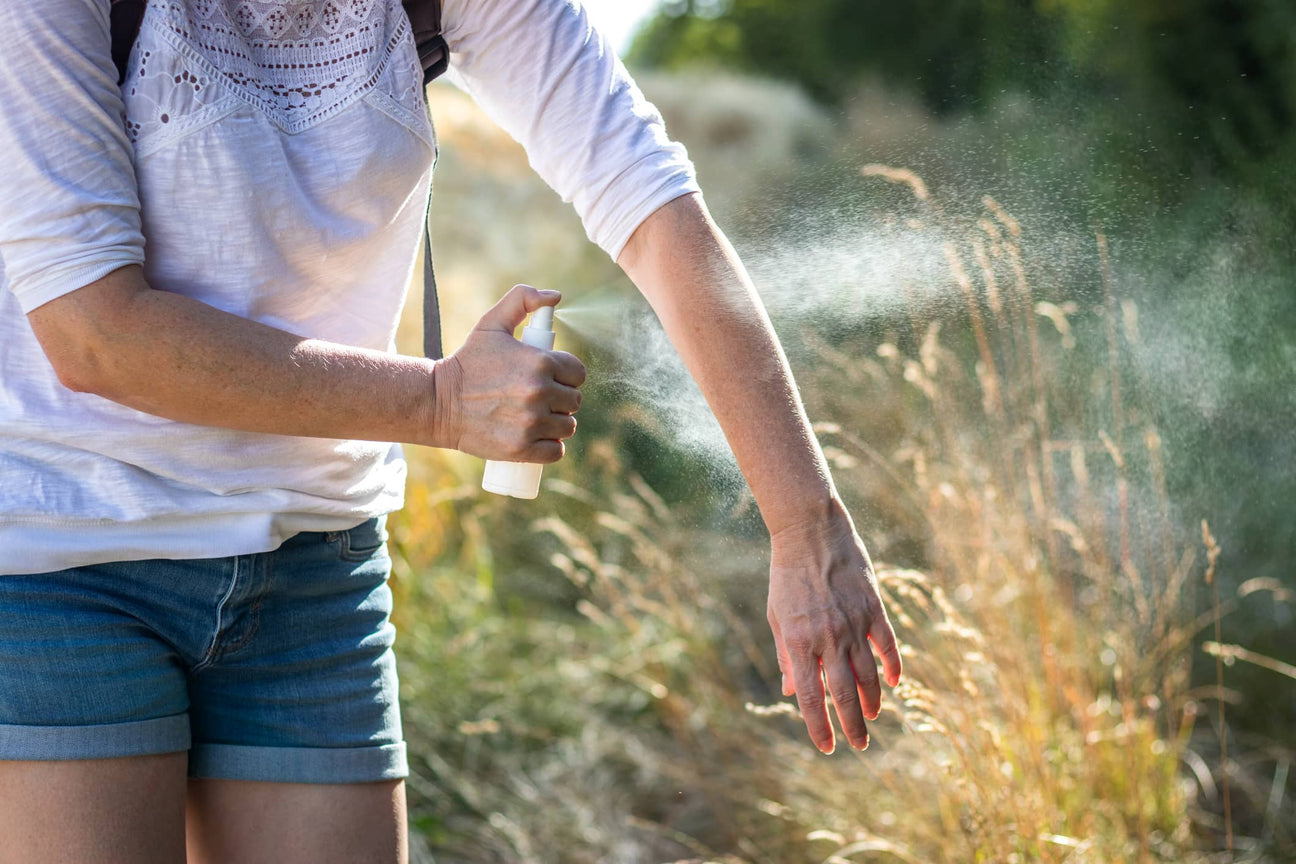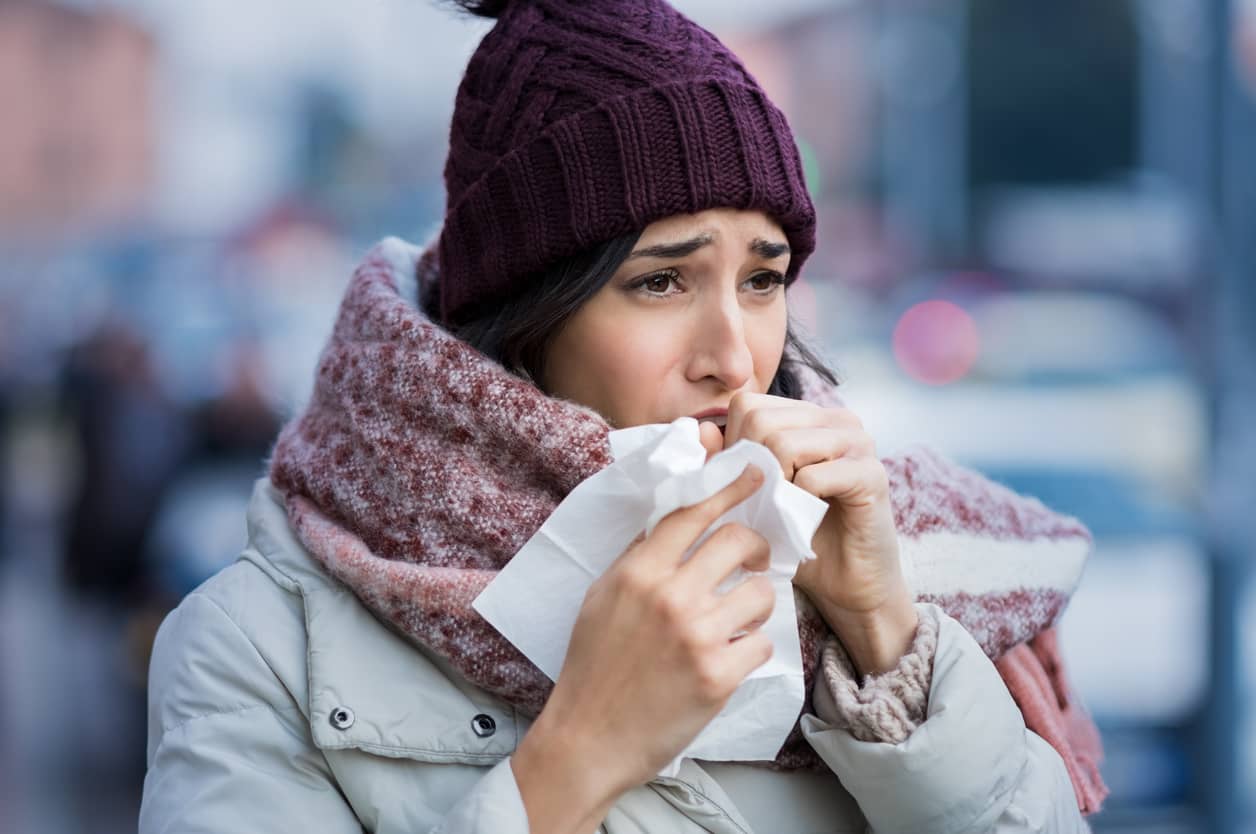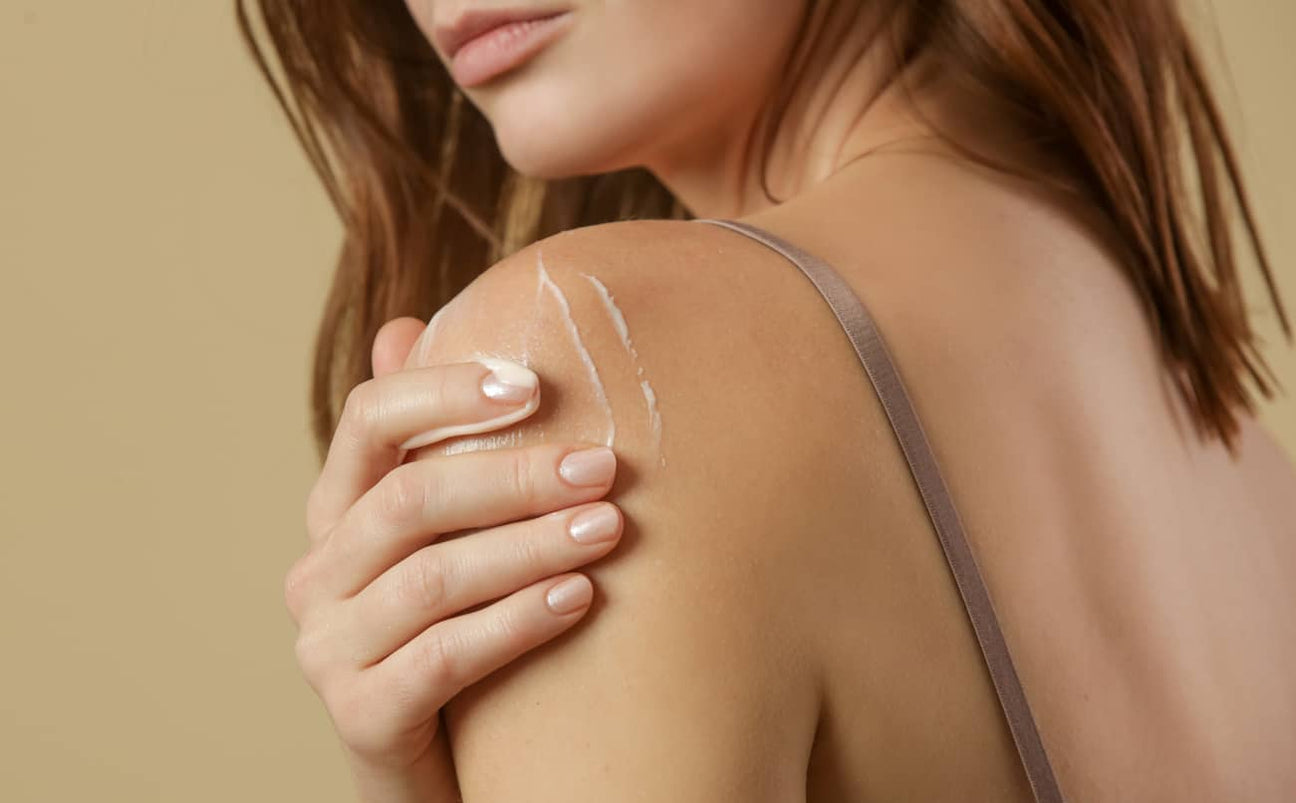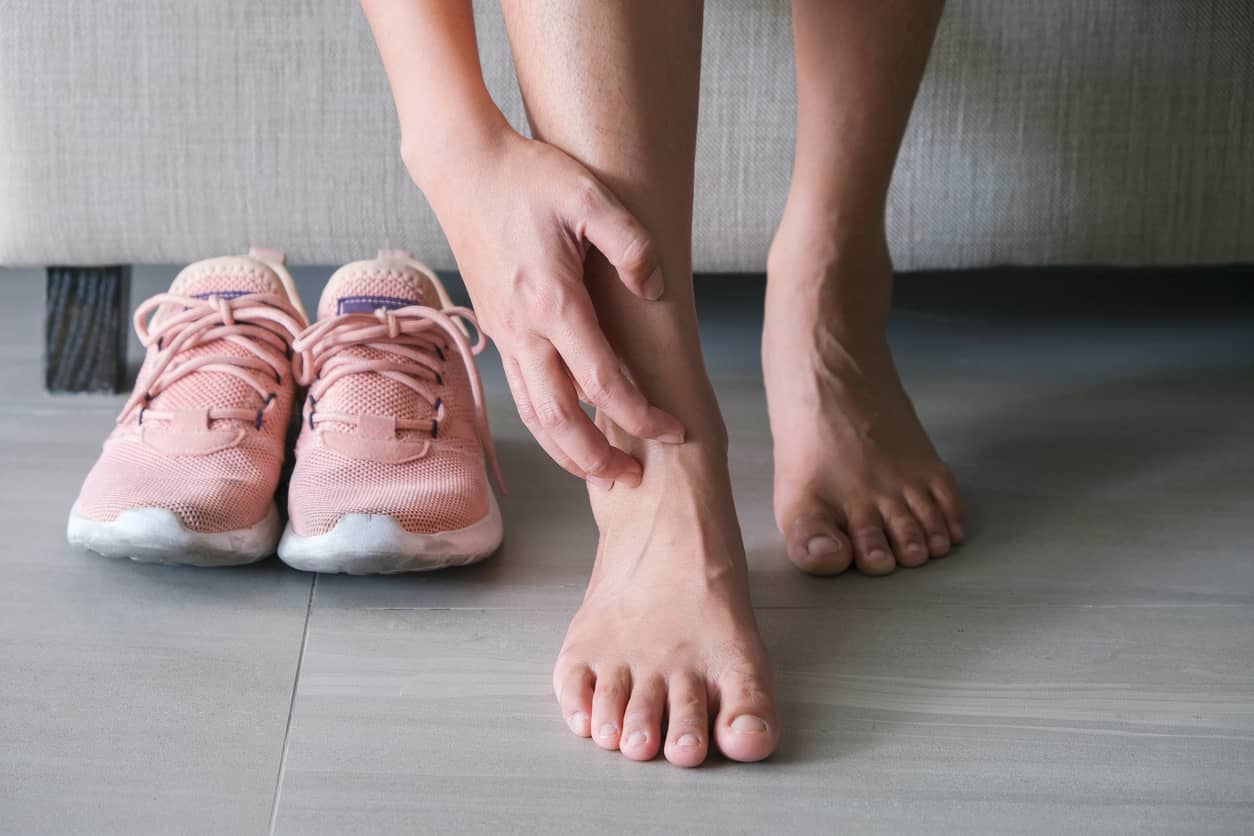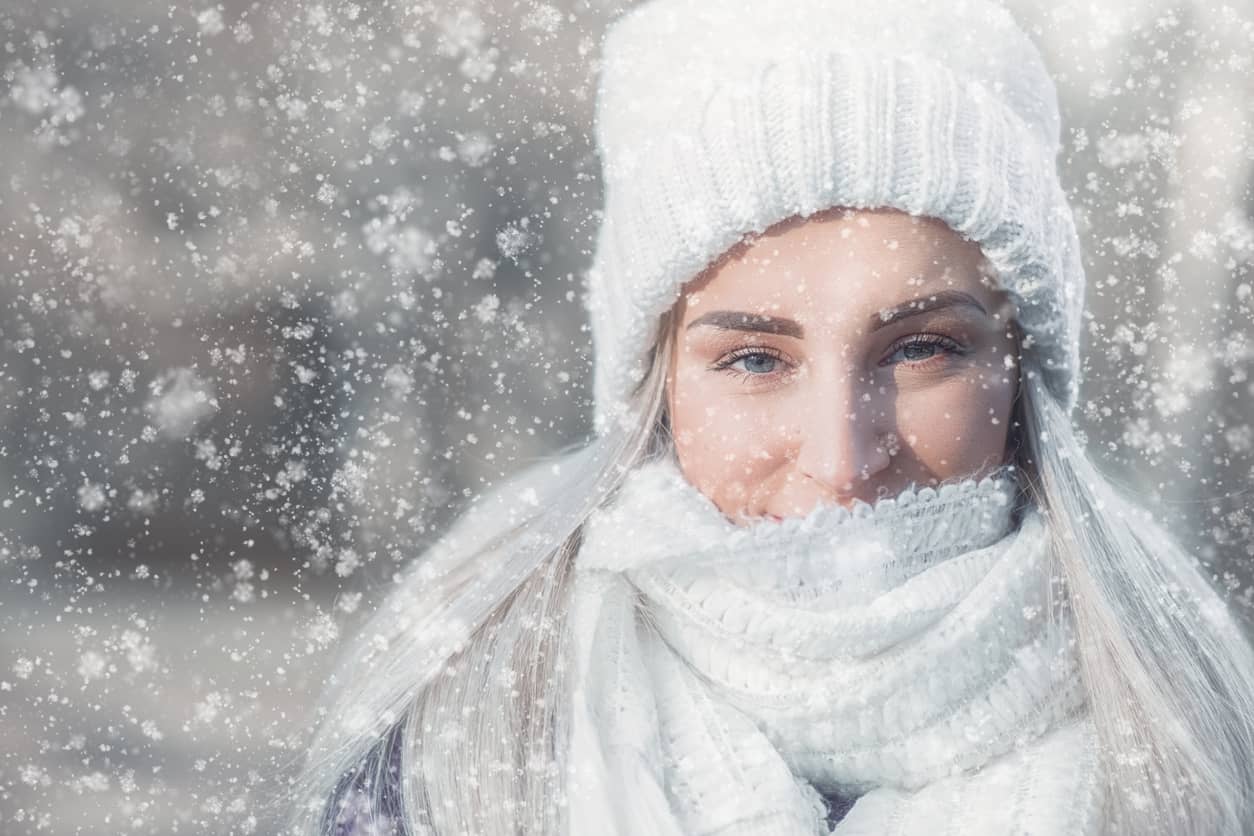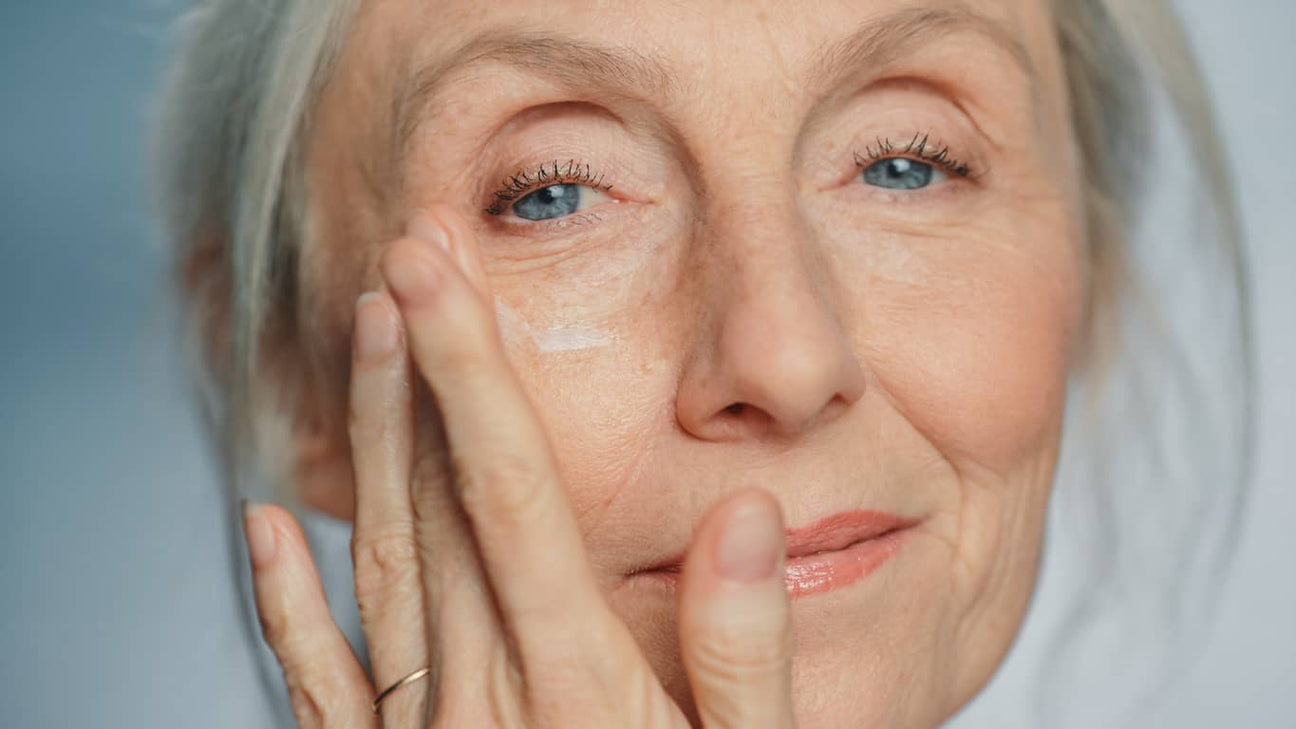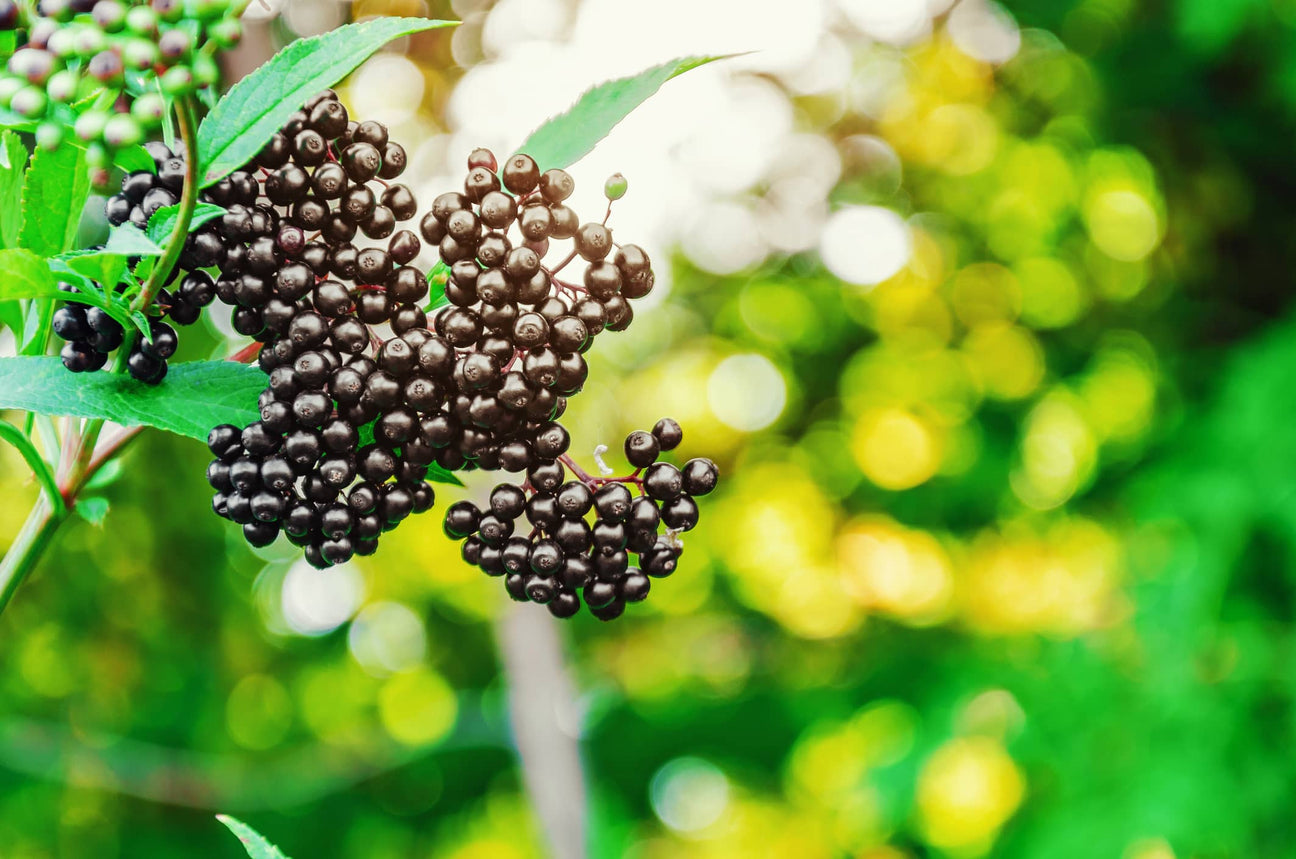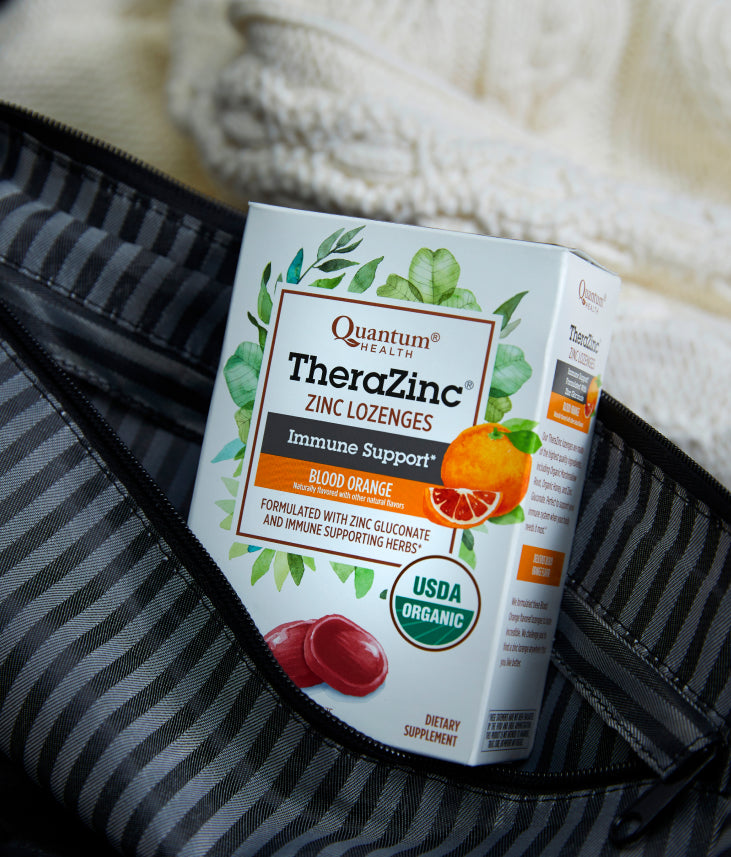What Are Cold Sores?
Cold sores, also known as fever blisters or Herpes Simplex (HSV1), are clear small blisters that form around the mouth and are filled with fluid. Cold sores are caused by the Herpes Simplex Virus I, which lives inside nerve tissue. It is estimated that 80% of the population carries the virus and 60 million people have outbreaks once or more per year.
Cold Sore Symptons
Cold sore symptoms are virtually the same for everyone, making them quite easy to diagnose. Since the life cycle of a cold sore outbreak is usually identical to the last outbreak, many people who get cold sores can detect the onset of an outbreak before physical symptoms can be observed. Cold sores often start with a tingly or itchy sensation where the sore will appear. After a day or two, the area becomes extra sensitive to the touch and to hot and cold temperatures.
For many people, applying a cold sore treatment such as Lip Clear Lysine+ ointment (Journal of Alt Med, June 2005) at the first sign of the tingling or itching sensation can either stop the cold sore from developing further, or significantly reduce the life cycle of the sore. After a few days, a small reddish bump will start to form on the itchy/tingly area of skin. The area may also start to become somewhat painful.
As the bump grows, it slowly forms into a blister, sometimes round in shape and sometimes irregularly shaped. The blister fills with fluid and grows larger. In some cases, other smaller cold sores may appear close to the initial sore. The blister continues to grow and becomes increasingly painful, usually lasting 2-7 days, until it finally bursts or breaks. Once the blister has broken, the cold sore will start to scab over. Still relatively painful, the scabbing sore can last another 2-7 days. The scabbing period, or ‘shedding’ as it is also called, is the healing of the sore, which will eventually get smaller and less painful, until it is gone completely.
What happens the first time you get a cold sore?
Generally, people first get cold sores when they are infants or children. Interestingly enough, only about 20% of those carrying the virus ever get symptoms. The sores can appear within days or weeks or even years following the first exposure to the virus. The first time symptoms appear they are usually more intense than subsequent outbreaks.
Canker Sore vs. Cold Sore
Cold sores usually appear around the mouth, while canker sores appear in the mouth. A virus causes cold sores, while bacteria causees canker sores. If a cold sore is in the mouth, it's usually on the roof of the mouth.
What makes cold sores appear?
Cold sores can be triggered by:
- Sunlight
- Fever/Illness
- Stress
- Arginine rich foods, such as chocolate, food allergies or hormonal changes.
Are cold sores contagious?
Yes. Don't kiss anyone when you have an outbreak. Avoid sharing eating utensils, toothbrushes, razors and towels.
What are the stages of a cold sore?
Cold sores, untreated, can last up 14 days. Beginning treatment at the first sign of tingling can reduce the time to as little as 2-4 days. Beginning treatment after the blister appears can also significantly reduce the time and degree of pain. Day 1: Prodrome (tingle) stage. Before a blister appears, one usually feels a tingling, itching, or burning sensation beneath the skin, usually around the mouth or the base of the nose. This is the best time to start treatment. Days 2-3: The blister(s) appear. Day 4: Ulcer or weeping stage. This is when the blister opens up revealing a reddish area. This stage is when the sore is most contagious and painful.
Share
Your share can inspire countless others.





